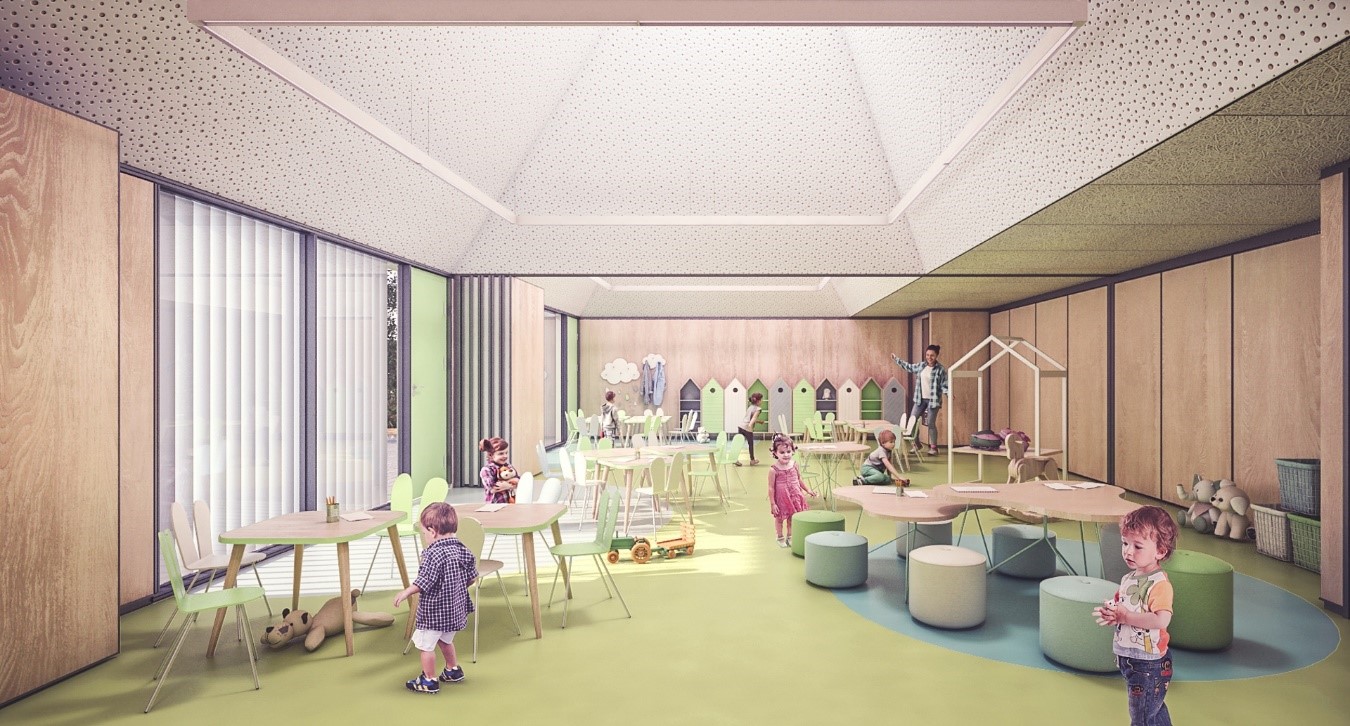As a result of the FIFA World Cup Qatar 2022™, there is a growing discipline around the structures built to accommodate the beautiful game. Stadium architecture is defined by its enormous scale and clear structure. Rather than simply being built to serve their obvious function, they unveil the creativity of architecture and design studios around the world. These studios, driven by innovation and technology, have succeeded in developing significant football stadiums such as Wembley Stadium (London, UK), designed by architects Ken Shuttleworth, Rod Sheard and Norman Foster.
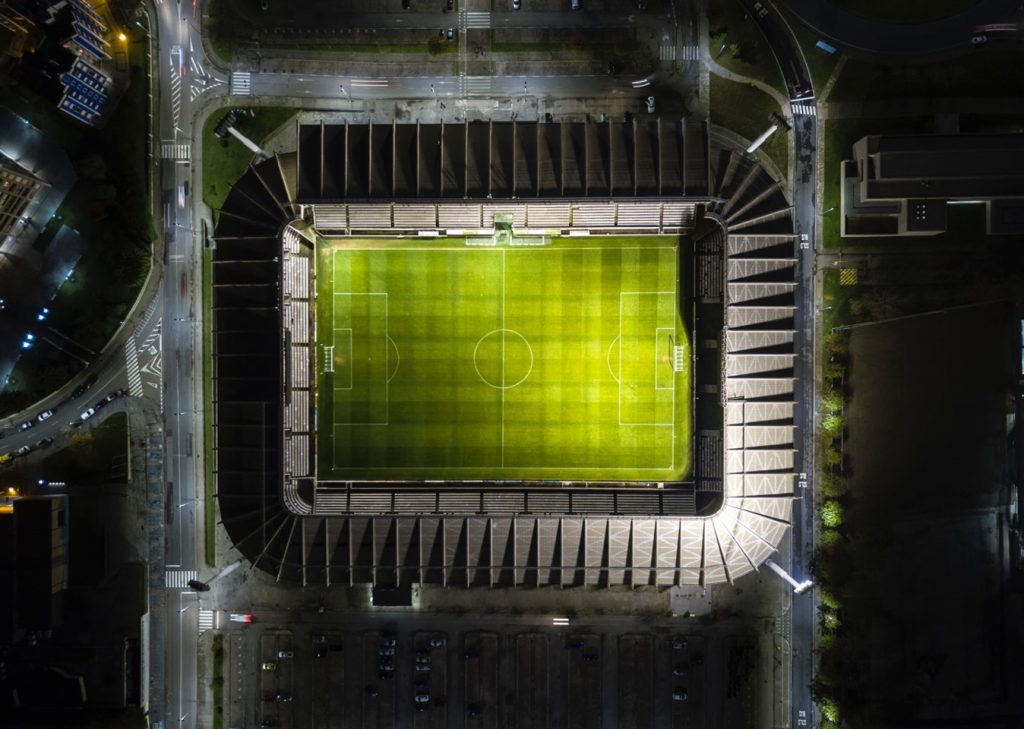
Image 1 El Sardinero Stadium, Santander, Spain // Photo by Willian Justen de Vasconcellos on Unsplash
In the specific case of Qatar 2022, a total of 8 stadiums were created for the event, many of them by prestigious international architecture firms such as Zaha Hadid Architects, AS+P Albert Speer + Partner, Dar Al-Handasah and Fenwick Iribarren Architects.
All over the world, structures are being built that are becoming living, breathing spaces, places where emotions resonate through every beam, where feelings are palpable and are an important part of the team. An essential voice of a country that is immersed in a moving diversity of cultures.
The architecture of football stadiums
Stadiums have become one of the key features of large cities, presenting themselves as must-visit destinations for those who visit. Their grandiose dimensions have made them spaces worthy of admiration. At the same time, the growing importance of stadium architecture has become a differentiating factor for football clubs.
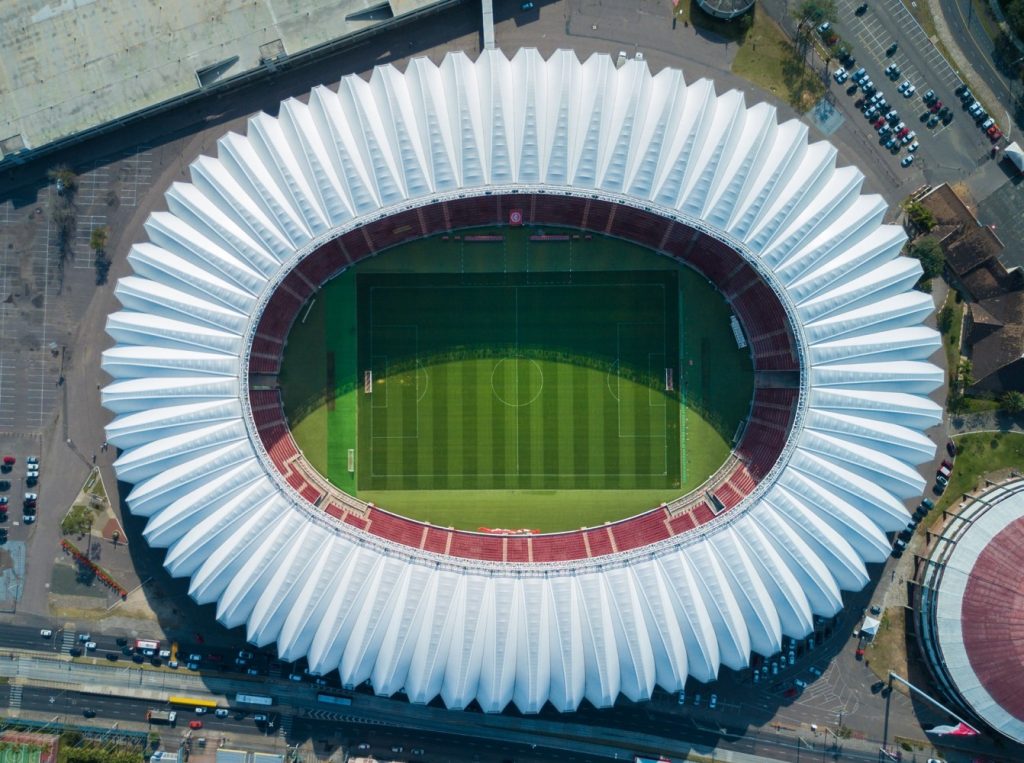
Image 2 Beira Rio Stadium, Brazil // Photo by Willian Justen de Vasconcellos on Unsplash
One of the most important considerations when approaching an architectural project of such functionality is the structure of the roof. Generally, stadium roofs conform to two types of structures. While some are built around a metal structure, others use a tensile structure. This method has been developed thanks to the latest in construction technology, which enables the creation of aluminium structures using a tensile membrane. This is much easier to install, allowing for infinite ways of displaying creativity.
There are football stadiums that have stood out throughout history because of technical, aesthetic and energetic features. There are a huge number of marvellous examples of stadiums, including those not specifically designed for World Cups, which have become iconic sites for the city in which they are located.
Beijing National Stadium, China.
Designed for the Olympic Games in 2008 by Swiss architecture firm Herzog & de Meuron, the outstanding Beijing National Stadium was created under the artistic consultancy of the famous artist Ai Weiwei. Its most recognisable feature is the shape of its roof, in which steel beams are used to hide the retractable roof’s supports. This feature creates its “bird’s nest” appearance from a distance, making this the most important public space in the city.
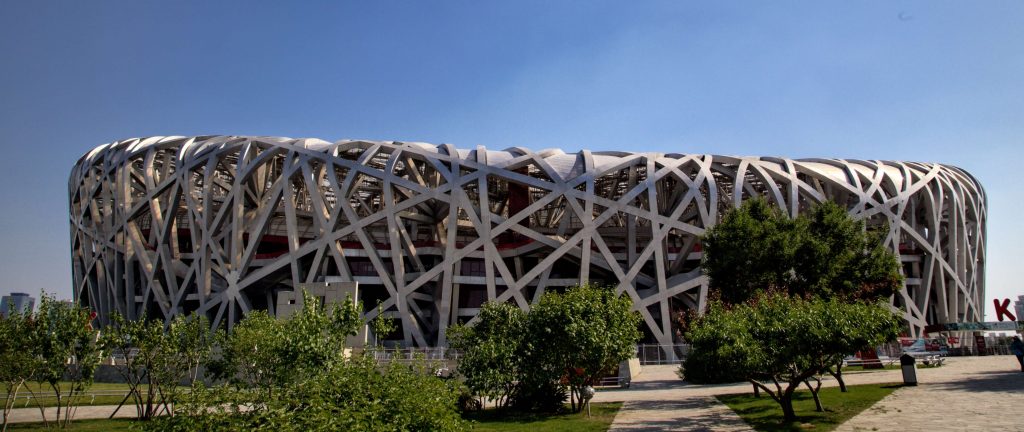
Image 3 Beijing National Stadium, Guojiatiyuchang South Road, Chaoyang, China // Photo by Bernd Dittrich on Unsplash
The Beijing National Stadium maintains a structural aesthetic, with the façade matching the structure itself. The load-bearing elements are interlaced and support each other, producing a surface with three angles of tilt that coincide with the staircase area. The lower part of the roof has been covered with PTFE, which promotes the particular acoustics that can be found inside football stadiums.
Bukit Jalil National Stadium, Malaysia.
Located in the Sukan Negara National Sports Complex in the city of Kuala Lumpur in Malaysia, the Bukit Jalil National Stadium is a multipurpose stadium with an enormous architectural PVC membrane structure for the roof, an ideal material for retractable tensile structures. Designed by Arkitek FAA, Weidleplan Consulting GmbH and Schlaich Bergermann Partner, this is the ninth largest football stadium in the world. Important events such as the Southeast Asian Games 2001 and the AFC Asian Cup 2007 have been held there.

Image 4 Photo by Izuddin Helmi Adnan on Unsplash // Bukit Jalil National Stadium, Kuala Lumpur, Malaysia
Henningsvær Stadium in Lofoten, Norway.
With its unique location surrounded by fjords, Henningsvær Stadium is considered one of the most spectacular football stadiums in the world. Its individuality lies in the fact that functionality is not inherently that of a stadium, as it lacks grandstands. This area is dedicated to sporting fans who can enjoy a fantastic location. For its construction, the area had to be levelled, as it is located on the rocky islands of the Arctic Circle. In addition, due to its geographic location, this stadium with a capacity of 500 people experiences periods in which it is not exposed to sunlight, so the lighting system is essential to the use of the installation.

Image 5 Lofoten, Norway // Photo by Ivars Utināns on Unsplash
Allianz Arena in Munich, Germany.
The famous Allianz Arena, created by the Basel-based architectural studio of Herzog & de Meuron, is notable for its external shell, which contains an imposing structure capable of completely illuminating itself. It is composed of 2874 rhomboidal ETFE panels (ethylene tetrafluoroethylene copolymer) that can illuminate themselves independently. Allianz Arena is, due to its external appearance, one of the world’s largest stadiums, characterised by its cutting-edge design.
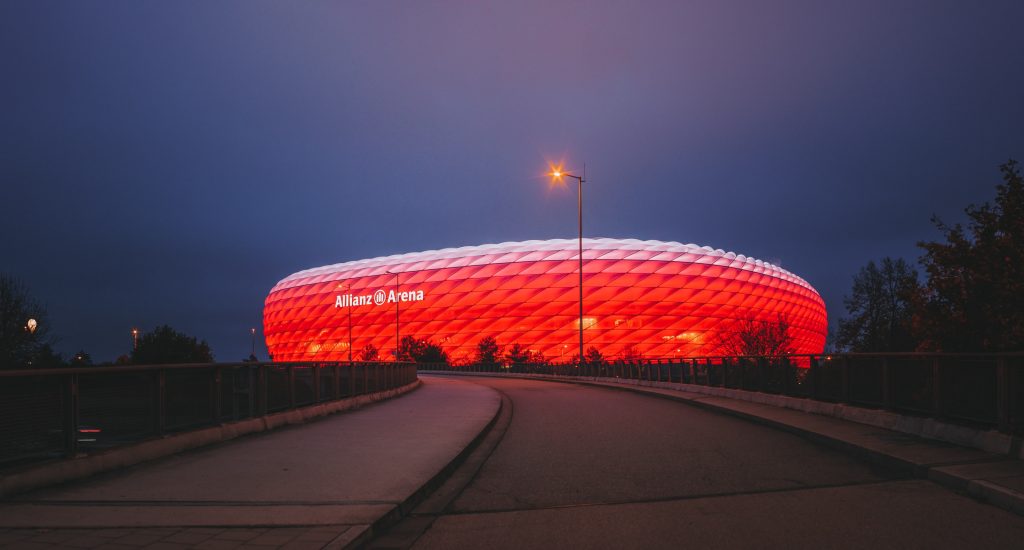
Image 6 Photo by Herr Bohn on Unsplash // Allianz Arena, Munich, Germany
Conceptually, this stadium, dedicated to the city’s two football clubs is interlaced with its own technological singularity, as in order to make both teams feel part of their “sporting home”, the external aspect of the stadium changes, with the illuminated panels displaying the official colours of the team playing. To construct this imposing structure, 120,000 m³ of concrete and 22,000 tons of steel were used.
Municipal Stadium in Netanya, Israel.
GAB Architects was the firm chosen to design this prominent stadium, which is considered the most technologically advanced in Israel and one of the most advanced in Europe. The Netanya Municipal Stadium, known as the Diamond Stadium, is located in a complex that forms part of the urban fabric of East Netanya, home to advanced technology including an academic campus and prestigious residential complexes. This stadium was one of the four venues the 2013 UEFA European Under-21 Football Championship, although it wasn’t specifically built for this purpose.
One element that makes this structure stand out is the positioning of its stands, which are located in the longest part of the field’s perimeter and the two huge metal trusses extending over the main eastern and western stands.
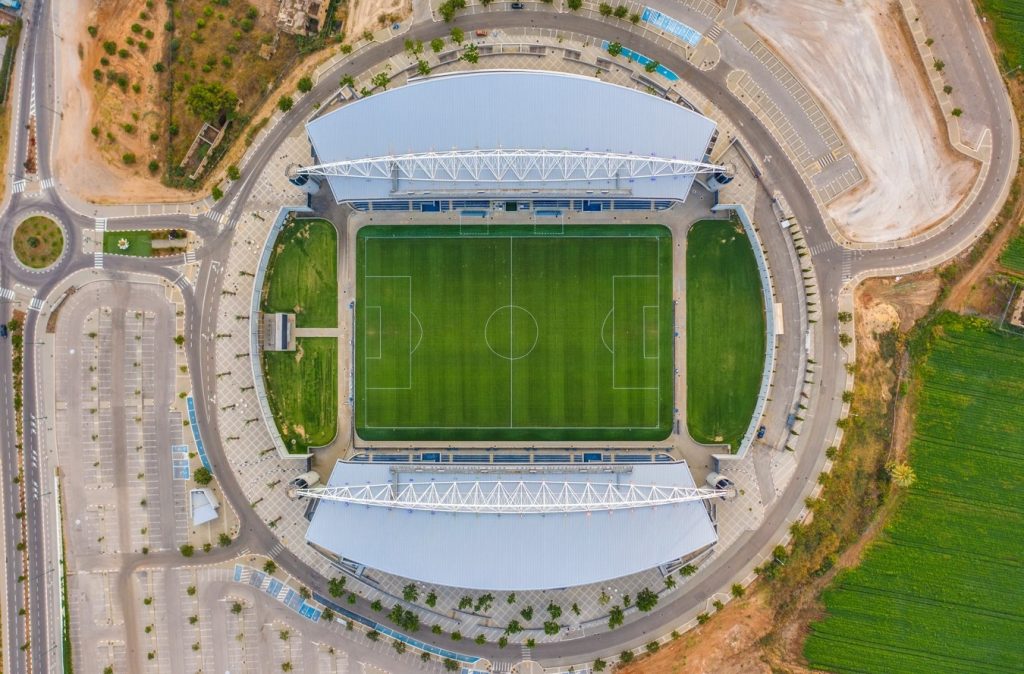
Image 7 Photo by Shai Pal on Unsplash // Netanya Municipal Stadium
These five examples show that, far from being purely functional, football stadium architecture is a discipline in its own right and one that demonstrates a tendency in which technology and aesthetics are permeating the designs of the stadiums of the future. Stadiums are places that, as has been seen in the FIFA World Cup Qatar 2022™, can become flagships for displaying urban, technological and cultural advances to the rest of the world. An essential voice for every country.

